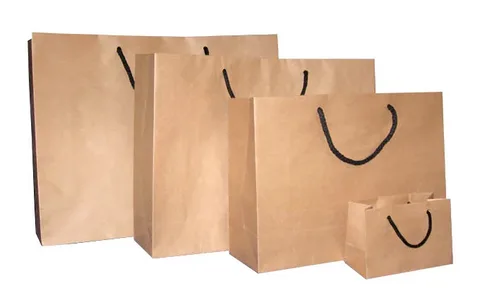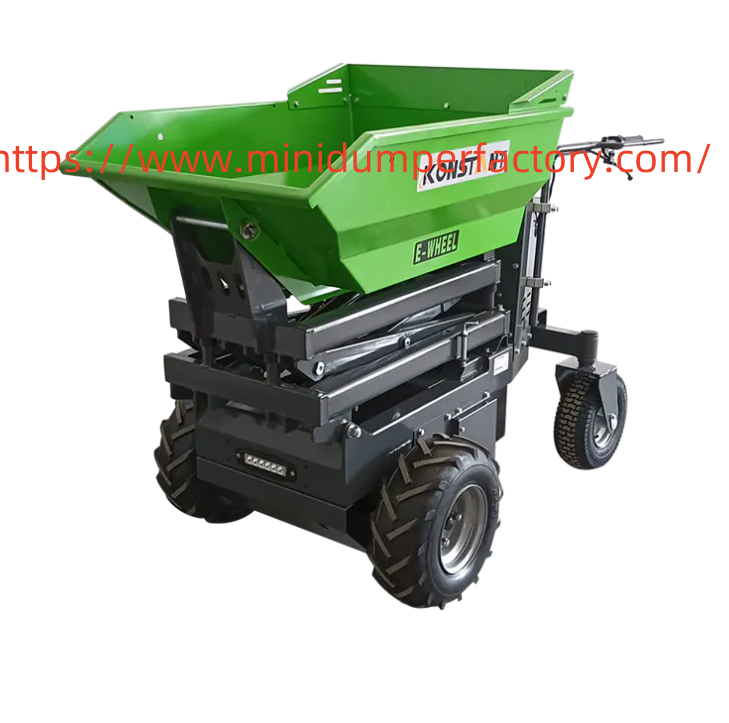The Enduring Appeal and Versatility of Handle Paper Bags

Handle paper bags are one of the most common and recognizable forms of commercial and retail packaging worldwide. Far beyond their simple function of transporting goods, these bags have evolved into a critical element of modern retail strategy, serving as a walking advertisement, a commitment to sustainability, and an essential part of the customer experience. Their combination of robust structure, eco-friendliness, and design flexibility solidifies their place as a foundational element of packaging across countless industries, from high-end boutiques and bakeries to grocery stores and takeout restaurants.
The Evolution of the Paper Bag
The journey of the paper bag began in the mid-19th century, driven by the need for a disposable and affordable container. However, the true utility of the "handle bag" emerged later. The addition of a sturdy handle transformed the simple sack into a functional shopper bag. Early designs often featured flat handles—strips of paper glued directly to the bag's interior—a common feature in grocery and takeout bags today. The subsequent invention of the twisted paper handle bags greatly increased the bag’s load-bearing capacity and comfort, lending it a more refined and premium feel that quickly became synonymous with retail shopping. This continuous innovation in structure has allowed paper bags to remain relevant and competitive against other packaging materials.
Structure and Material: Built for Strength
The core strength of a handle paper bag lies in its material: Kraft paper. Kraft is chemically pulped wood fiber, renowned for its superior tear resistance and durability. The term "Kraft" itself is derived from the German word for "strength," a testament to its robust qualities.
There are several common variations in handle paper bags:
-
Standard Brown Kraft: The classic, unbleached, and naturally strong look, often favored for its rustic and overtly eco-friendly appearance.
-
White Kraft: Bleached Kraft paper that provides a clean, bright canvas for vibrant, full-color printing and sophisticated designs.
-
Euro Totes: Often made from heavy-duty, coated, or specialty paper with a reinforced top and bottom, featuring elegant rope, ribbon, or fabric handles secured with knots or eyelets. These bags are typically reserved for luxury retail and high-end gifting.
-
SOS (Self-Opening Style) Bags: These are the traditional rectangular-bottomed grocery or lunch bags, frequently fitted with flat handles for easy carrying of heavier, bulkier items.
The gusseted sides and reinforced flat or satchel bottom are crucial design elements that allow the bag to stand upright and handle substantial weight without collapsing, making them practical for a wide variety of merchandise.
The Unmatched Versatility of the Handle Bag
Handle paper bags are not niche packaging; they are universally adaptable, thanks to their customizable size, shape, and printing surface.
| Industry | Typical Handle Bag Application | Key Benefit |
| Retail & Boutiques | Twisted-handle shoppers, Euro Totes | Elevated branding, premium customer experience, reusability. |
| Food & Beverage | Flat-handle SOS bags, takeout carriers | Stable base for food containers, easy transport, customizable takeout menus. |
| Gifting & Events | High-end ribbon-handle bags | Aesthetic appeal, personalized messaging, memorable presentation. |
| E-commerce & Mailers | Kraft paper bags used inside shipping boxes | Sustainable inner packaging, product presentation upon unboxing. |
For businesses, the bag is the final physical touchpoint of the transaction. A high-quality, comfortable handle bag ensures the customer's purchase is carried safely and reinforces the perceived value of the goods inside.
The Green Revolution: Sustainability and Handles
In an era of heightened environmental consciousness, the sustainability factor of handle paper bags is perhaps their greatest competitive advantage. As legislation and consumer preference increasingly push away from single-use plastics, paper bags offer a compelling, responsible alternative.
-
Biodegradability: Paper breaks down naturally much faster than plastic, reducing landfill burden.
-
Recyclability: Most paper bags are easily and widely recyclable. Kraft paper, in particular, is often manufactured using a high percentage of post-consumer recycled content, closing the loop on paper production.
-
Reusability: The strength and aesthetic appeal of a well-made handle bag often encourages customers to reuse it for subsequent shopping trips or for storage, extending its life cycle and utility.
This commitment to eco-friendly practices allows businesses to use their packaging as a statement of corporate responsibility, aligning their brand with the values of the modern consumer.
The Power of Custom Branding
A blank paper bag is merely a container; a customized one is a marketing asset. Businesses use the entire surface area of the bag—the front, back, and side gussets—as a prime opportunity for branding. High-quality printing, including full-color graphics, embossed textures, or matte and glossy finishes, transforms the bag into a piece of mobile advertising. When a customer walks down a street carrying a branded handle paper bag, the business achieves highly visible, cost-effective exposure, converting packaging into an integral part of its external marketing campaign.
In summary, the handle paper bag is far more than a simple carrier. It is an intersection of utility, aesthetics, and environmental stewardship. Its robust structure provides a practical solution for transportation, while its surface acts as a powerful, silent ambassador for a brand, ensuring that the packaging itself contributes positively to the customer experience and the company’s bottom line.




